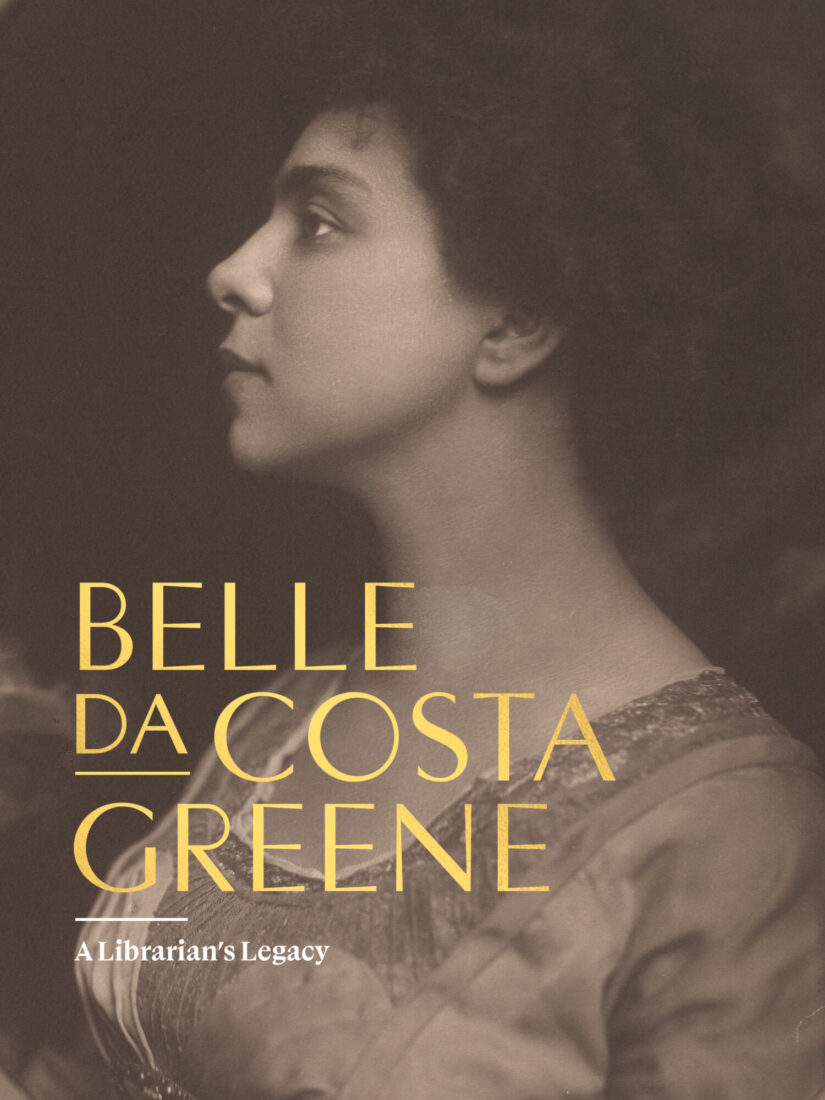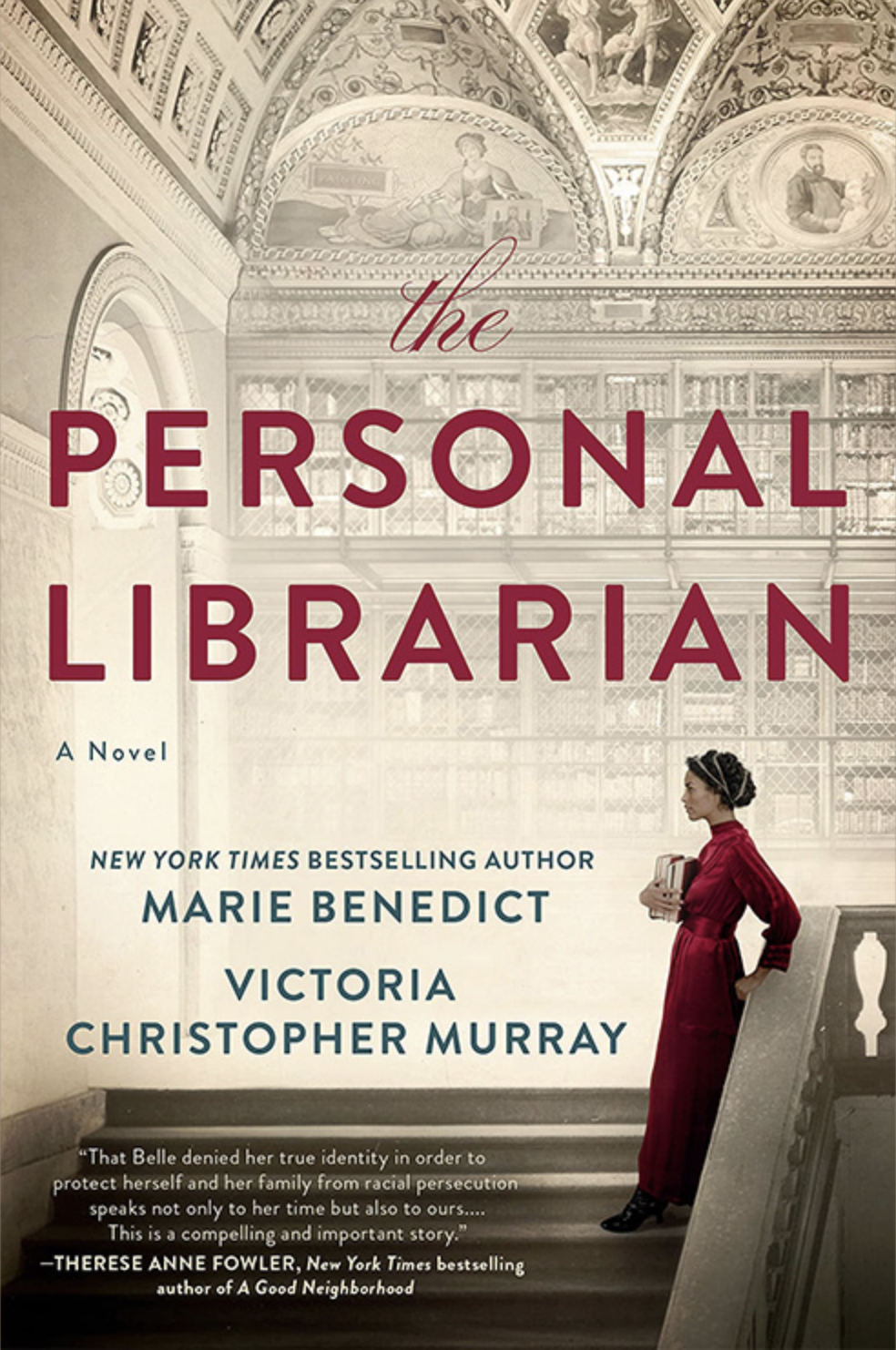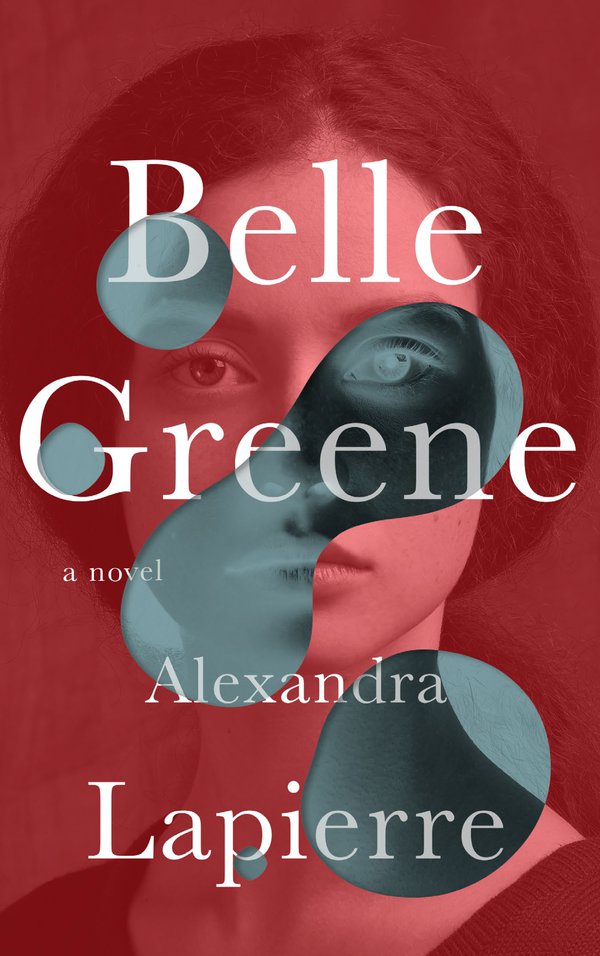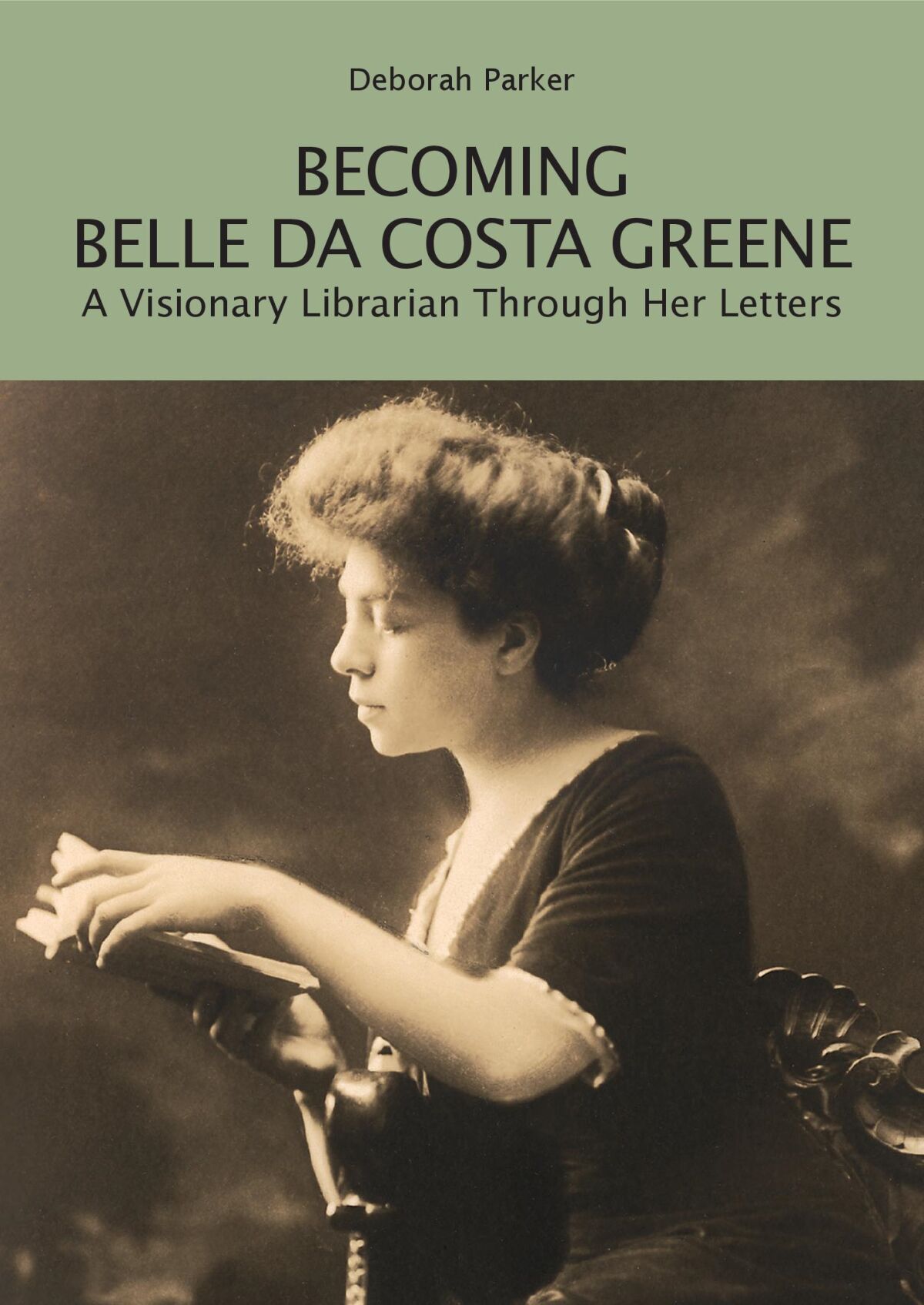In the years since Ardizzone’s biography, historians have worked to fill the gaps in her story, with little help from Greene. A great flirt, she played at being outrageous but gave very little away, and she had no patience with interviewers. (When asked if she and Morgan had been lovers, she famously shot back, “We tried.”) Her personal letters are masterpieces of plausible deniability. When the Metropolitan Museum of Art purchased a painting that she was sure was a fake, she dismissed the Met’s curators: “None of them would have brains enough to reject me as a ‘forgery!’” She once reported that she had started a diary in which “I write things I hardly dare think,” but she burned her papers before her death. The tension between Greene’s documented achievements, as one of the most public of all American librarians, and her largely unrecorded, closely guarded inner life has made her an inexhaustible subject of speculation.
That inner life is at the center of two recent historical novels whose plots hew closely to the known facts of her biography. The Personal Librarian by Marie Benedict and Victoria Christopher Murray, dealing with Greene’s early years working with Morgan, is earnest and expository, imagining Greene as a plucky ingenue continually overcoming bouts of anxiety in ballrooms. (Morgan bursts onto the scene every thirty pages or so, like Kramer into Jerry Seinfeld’s apartment, demanding, “Where’s my damned Caxton, Belle?”) The French writer Alexandra Lapierre’s Belle Greene is more nuanced and ambitious, covering the long arc of her career. In Lapierre’s telling, the worldly Greene operates within a recognizable network of librarians, collectors, and dealers, a backdrop that gives her choices more weight.
During the Morgan’s six-month closure in the first year of the Covid-19 pandemic, the museum staff worked from home to transcribe nearly six hundred digitized letters from Greene to the art historian Bernard Berenson, her sometime lover and lifelong friend. The letters to Berenson are by far the most significant group of Greene’s surviving personal papers and are the subject of Deborah Parker’s Becoming Belle da Costa Greene, which documents her emerging sense of herself as a critic in conversation with Berenson, another unreliable narrator with a great eye. In the Morgan Library and Museum’s exhibition “Belle da Costa Greene: A Librarian’s Legacy” and its accompanying catalog, the confidential, gossipy voice in those letters is juxtaposed with her tone as director. The curators Erica Ciallela and Philip Palmer place her life and work in a series of larger settings: the emerging Black middle class during Reconstruction, the color line in American fiction and film, the politics of first-wave feminism and suffrage, the modern art market, and the rise of Black librarianship under Jim Crow.



